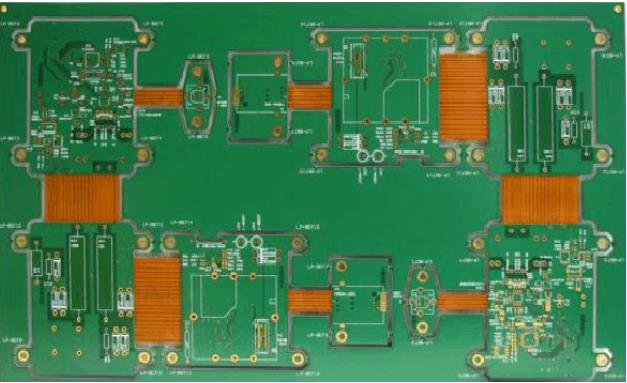In the process of PCB design, some engineers do not want to pave the entire board with copper on the bottom surface in order to save time. Is it right to do this? Is it necessary to lay copper on the bottom of the surface for the PCB?
First of all, we need to be clear: the copper on the bottom of the surface is beneficial and necessary for the PCB, but the copper on the whole board must comply with some conditions.
The benefits of laying copper on the bottom of the surface
1. From the EMC point of view, the whole board is covered with copper on the bottom of the surface, which provides additional shielding protection and noise suppression for the inner signal to the inner signal, and also has a certain shielding protection for the devices and signals on the bottom of the surface.
2. From the perspective of heat dissipation, as the current PCB boards are getting denser and denser, the BGA main chip also needs to consider heat issues more and more. The copper on the whole board improves the heat dissipation capacity of the PCB board.

3. From the perspective of process analysis, the whole board is covered with copper, so that the PCB board is evenly distributed, avoiding the bending and warping of the board during PCB processing and pressing, and avoiding the different stress caused by the PCB over reflow due to the unbalanced copper foil. The PCB is warped and deformed.
Reminder: For two-layer boards, copper coating is necessary
On the one hand, since the two-layer board does not have a complete reference plane, the paving can provide a return path and can also be used as a coplanar reference to achieve the purpose of impedance control. We can generally lay the ground plane on the bottom layer, and put the main components on the top layer and use power lines and signal lines. For high-impedance circuits, analog circuits (analog-to-digital conversion circuits, switch-mode power conversion circuits), copper plating is a good practice.
Conditions for copper paving on the bottom surface
Although the copper on the bottom layer is good for the PCB, it also needs to follow some conditions:
1. At the same time, shop as much as possible by hand, do not cover it all at once, avoid broken copper skin, and properly add via holes in the copper paving area to the ground plane.
Reason: The surface copper-clad plane must be separated by the surface components and signal lines. If there is a poorly grounded copper foil (especially the thin and long broken copper), it will become an antenna and cause EMI problems. .
2. Consider the thermal balance of small devices, such as 0402 0603 and other small packages, to avoid tombstone effect.
Reason: If the whole board is covered with copper, if the component pins are fully connected with copper, the heat will be lost too quickly, and it will be difficult to desolder and rework.
3. It is best to pave the whole board continuously. The distance from the paving to the signal needs to be controlled to avoid discontinuity in the impedance of the transmission line.
Reason: The copper skin that is too close when laying the ground will change the impedance of the microstrip transmission line, and the discontinuous copper skin will also cause the negative impact of the impedance discontinuity of the transmission line.
4. Some special situations depend on the application scenario. PCB design should not be an absolute design, it should be weighed and used in conjunction with the theories of all parties.
Reason: In addition to sensitive signals that need to be grounded, if there are many high-speed signal lines and components, a lot of small and long copper fragments are generated, and the wiring channels are tight, it is necessary to avoid perforating the surface copper to connect to the ground plane. You can choose not to lay copper on the surface.
Therefore, it is very meaningful for PCB design to lay copper on the bottom surface of the PCB in the production process of PCB factory.